With Great Content and Commitment, Creatives Will Find Their Audience
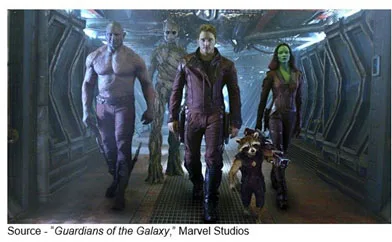
We get it, honest.
“Everyone” is running away from appointment TV – content creators, aggregators, networks and viewers.
And we understand why.
Yes:
- Cable companies have been tough for networks/stations to work with because they have been difficult to work with when it comes negotiation time
- Networks have been difficult for content creators/aggregators to deal with when it comes to getting them to commit to a show, give the show a good time slot, market it to optimize the audience
- Viewers have had issues with both the cable companies and the networks:
- Cable folks charged a bundle for their bundle and if you didn’t like it…get some rabbit ears
- Cable support fell a little short when it came to being timely/friendly/helpful
- Networks found it fun to move your favorite show from your preferred time, so it could lift ratings for the upcoming show or get some of the carry over audience from the last show
- Networks had this great habit of getting you addicted to a show and then replacing it with some really dumb show
The big question is what are we running to and is it like when your mom warned you, “Don’t run with sharp objects!”?
People like to give credit to – or blame – the FAANGS (Facebook, Amazon, Apple, Netflix, Google, Snapchat) mob for making the change happen; but we certainly can’t forget BAT (Baidu, Alibaba, Tencent) and the leading OTT (over the top) services in India, Australia, EMEA, everywhere!
It’s gotten so good that 79 percent of consumers say their screen time has increased over the last five years with 41 percent saying it has increased a lot, according to a CooperVision study.

And it’s going to get bigger…a lot bigger!
Now, people have choices–lots of choices. Depending on your camp, the TV screen is still the most looked at (91 percent) followed by the smartphone (74 percent), laptop (73 percent) and DVD player (64 percent). Yes, missy, the desktop computer (56 percent), tablet (46 percent) and game console (42 percent) still exist; we just don’t know why
Despite the distribution options and the viewing choices, we’ve already had a number of high-profile, well-resourced failures like Shomi, Seeso and Watchever, Filmstruck, DramaFever, Gamefly, Nintendo, and who knows how many more in other countries.
Why?
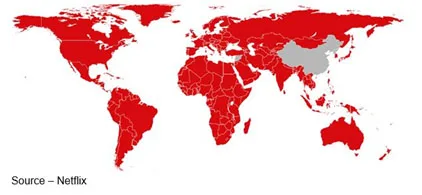
Let’s not sugarcoat it, it’s all Netflix’s fault!
They sorta’ dominate the streaming market but they were the first and are currently the largest with viewing presence with 170M plus subscribers in 190 plus countries – noticeably absent are Crimea, North Korea, Syria.
Sure, Hulu, HBO, Tencent, the Bollywood crowd and shortly Disney are pretty strong but it’s Netflix every streamer wants to be, where every content creator wants their material on and the one everyone wants to enjoy content from on their screen(s).
What to produce?
The first thing for the film/series creator is to figure out what content to produce that’s going to capture eyeballs.
Back in the old linear TV days, that was easy–the Nielsen ratings said it all.
But now we have more distribution platforms that are dealing with exponentially more data about their audiences’ likes/dislikes.
And there’s going to be even more data going forward to help services and creators tailor the production work that will be seen.

While all of the big SVOD folks have their own big data and analytic engines to help them figure out what they’ll invest in, they keep those secrets under lock and key!
And no, they don’t share!
But fortunately, there is at least a 30,000 ft view for creators.
Parrot Analytics has made a name for itself as the global TV demand measurement firm across all devices/platforms worldwide.
We realize most content creators have one or two real fire-in-the-gut/eye-of-the-tiger project ideas that they just “have to” produce. Things they have just got to show to folks.
But if you’re interested in making a decent living along the way, you may want to focus on themes viewers the world over tend to gravitate to.
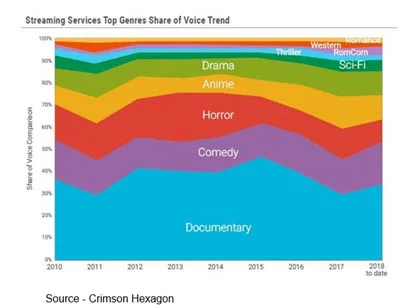
In other words, if your project has a documentary, comedy or horror storyline, it will have much broader audience appeal.
Sure, content creators still must convince the services’ business model, internal strategy, distribution, marketing and monetization committees; but at least you have a seat at the production, commissioning tables.
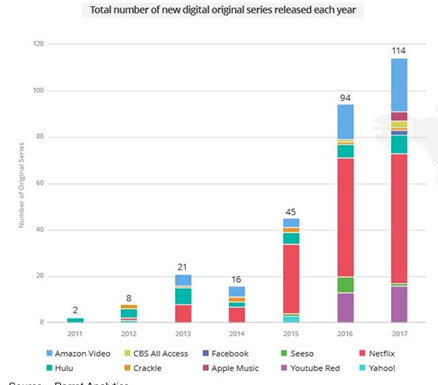
Match the genre information up with where the well-heeled content investors are placing their bets and you have a pretty good idea of where the money is going.
For example, when Netflix “lost” the Disney catalog and then Disney decided to add 21st Century Fox to their OTT lineup, they knew they had a problem.

What did they do?
They increased their investment in original content, both in the U.S. and in countries around the globe, to comply with local content production rules.
According to Parrot’s analysis, there are certain stars and show runners who know how to appeal to specific demographics around the globe; so, if you combine specific genres with proven appeal, BAM! you have winners folks are willing to pay to view on various screens.
Sounds ultra-techie; but just remember, it takes a terrific storyline, outstanding shooting and damn creative post work to satisfy consumers’ entertainment appetite.
But wait…there’s more!

Blockbusters and tentpole productions are only a small portion of the content that is produced and watched annually.
There are hundreds, thousands even tens of thousands of independent TV, film, digital, kids, and animated projects that are created every year that would be of interest to several hundred thousand, maybe a couple of million people around the globe.
You see them at film fairs around the globe and walk out feeling fulfilled…and want more.
They have great messages on diversity, inclusion, people/global survival and other thought-provoking subjects.
Today, we’re dealing with a highly fragmented audience and what is popular is different for each of the 4B people on the planet currently connected to the internet.
It’s tough for streaming service bosses to come to grips with the fact that popularity – as beauty – is in the eye of the beholder.
Actually, for a growing number of people, the less the content they view resembles the Netflix, Tencent, Sky, BBC, you name it stuff the better.
There’s an answer for this but it’s hard for a lot of channels to realize…it’s Chris Anderson’s Long Tail, which was first advanced in 2004 in Wired magazine.
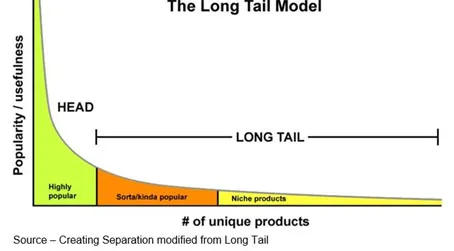
We’re talking about stuff that will attract viewers – again and again – from around the globe.
Knocking on the FAANGS/BAT/plus doors may go unanswered but there are people like Jon Cody, TV4 Entertainment and All3Media who see the potential. And there are others around the industry, around the globe.
You know–gardening, ballet, model railway enthusiasts, cancer survivors, Wounded Warriors, guitars, dance; well, you name the subject. And the volume of often low-budget, original content niche channels is growing because these folks love the subject, their willing to pay for it and…they keep coming back!
Remember, there are 4B people online around the globe and Netflix only has 170M plus signed up, so the potential is there!
The challenge for the channels and content creators is to find enough of the people online who want the subject and have enough passion about the content to produce global critical mass (i.e., profit).
It takes a little work for both parties to build the audience and it doesn’t mean advertising the heck out of the subject – although it can help.
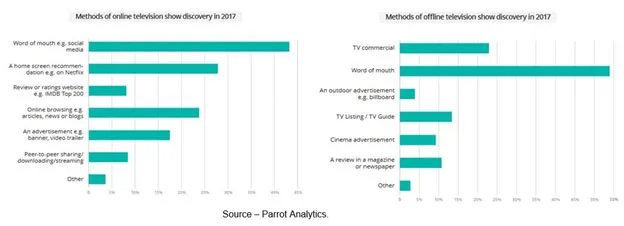
When we’re interested in possibly investing some time in a piece of content, we don’t run to Rotten Tomatoes to see if it’s a ripe, rotten or splat tomato because heck, that’s just a couple of “experts” opinions.
Besides, if it’s a niche subject we’re interested in, the chances of them liking it are like 1,2,3 in 4B.
What are the odds?
WOM (word of mouth) is still the best and most effective way of learning if you’re going to like something!
It just takes longer to build a decent sized audience, which is why you also must use the social media tools…Facebook, Instagram, Reddit, Twitter and even trailers on YouTube.
Work at finding the audience and they’ll find you.
Remember, we all have different definitions of popularity…and finally, we can accurately quantify it!
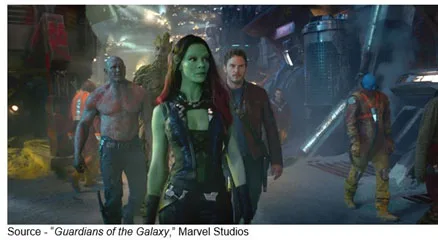 If you’re committed to the concept, are good at your craft and have a solid team to work with, you must keep your goal in mind as Gamora did when she said, “Whatever nightmares the future holds are but dreams compared to what’s behind me.”
If you’re committed to the concept, are good at your craft and have a solid team to work with, you must keep your goal in mind as Gamora did when she said, “Whatever nightmares the future holds are but dreams compared to what’s behind me.”
# # #